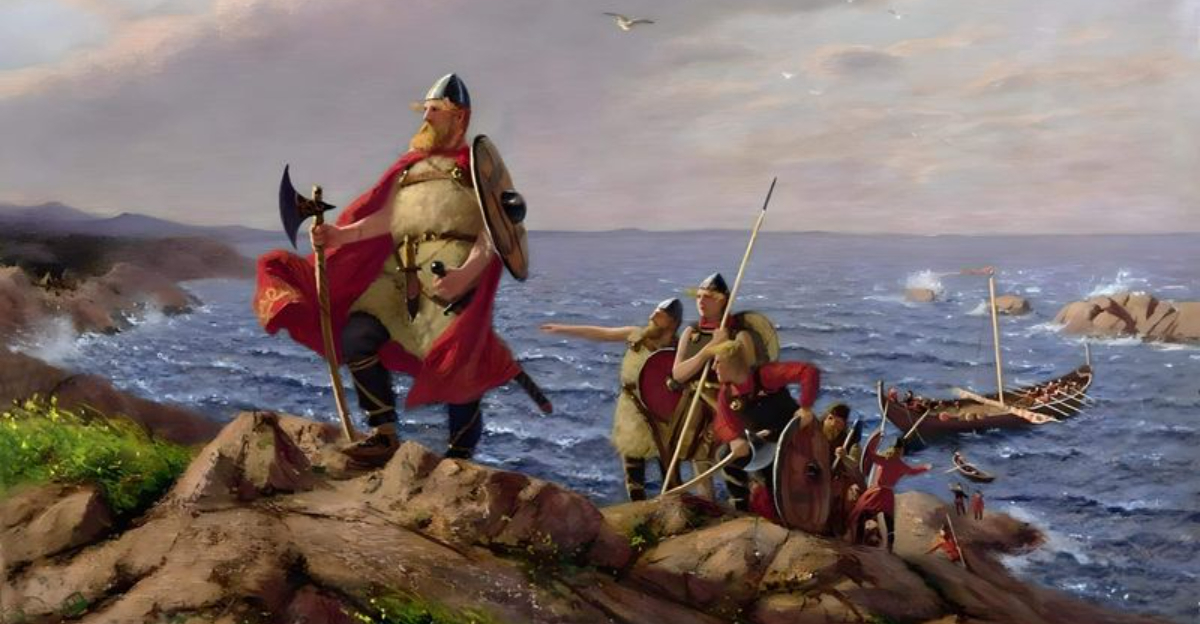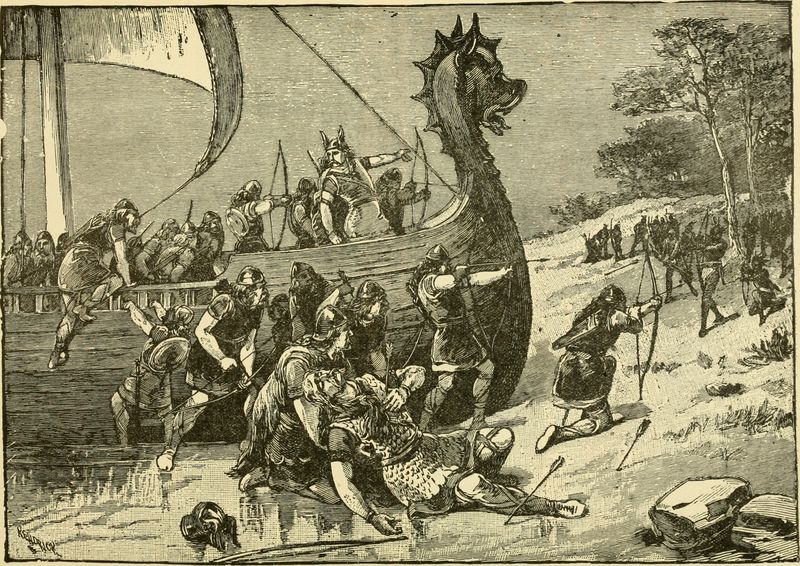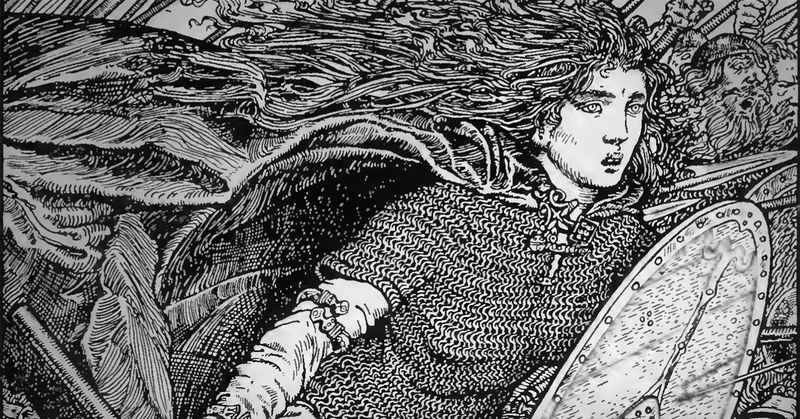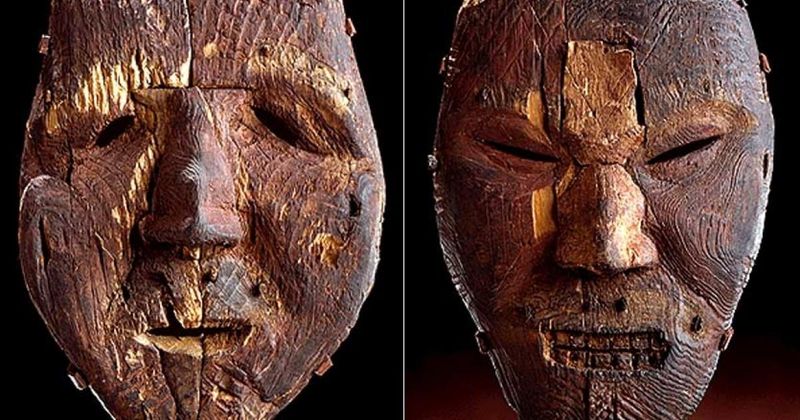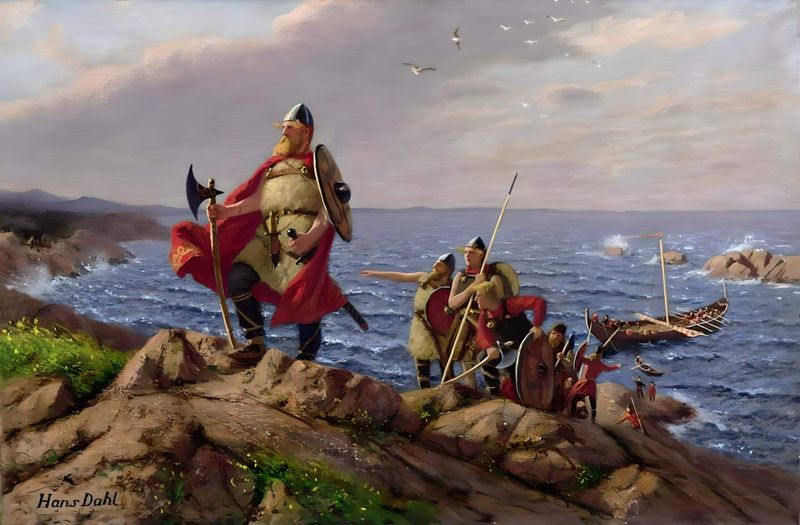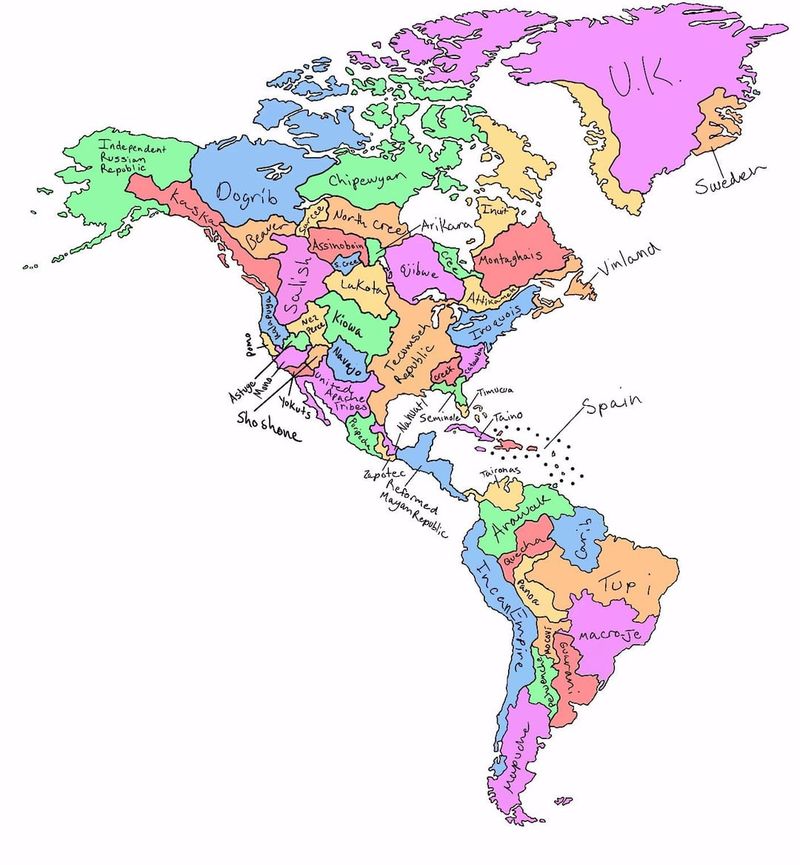The interactions between Vikings and Native Americans remain a fascinating yet under-explored chapter in history. From initial encounters to enduring mysteries, these events have shaped much of the folklore and archaeology of North America. This blog post explores seven intriguing facets of these interactions, shedding light on both the conflicts and the collaborations that took place over 1,000 years ago.
1. First Contact & Initial Conflicts (c. 1000 AD)
In around 1000 AD, a bold group of Norse explorers sailed across the Atlantic, landing in what is now North America. Upon arrival, they encountered indigenous peoples. Curiosity and caution marked these early interactions. Tensions quickly escalated as cultural differences became apparent. This first contact led to skirmishes, influencing the narratives of both Viking and Native tribes for generations. The mystery of these initial encounters continues to intrigue historians.
2. The Battle of Vinland (1003–1006 AD)
The Battle of Vinland saw the Vikings fiercely defend their settlement. Between 1003 and 1006 AD, skirmishes erupted as they clashed over resources and territory. The Vikings, led by Leif Erikson, fought valiantly. However, the native resistance was fierce and unyielding. This conflict marked a significant turning point, leading to the eventual abandonment of the settlement. Despite their efforts, the Vikings could not maintain their foothold in this new world.
3. Freydis Eriksdottir’s Reign of Terror (c. 1010 AD)
Freydis Eriksdottir, daughter of Erik the Red, is known for her fierce and ruthless leadership. In 1010 AD, she orchestrated a series of brutal encounters with Native Americans. Her reign was marked by violence and betrayal, as she sought to strengthen her position. Her actions have been debated for centuries, reflecting both a powerful personality and a complex relationship with the native peoples. This period remains a controversial chapter in Viking history.
4. Possible Encounters with the Dorset & Thule Peoples
Beyond the well-documented encounters, it is believed that Vikings may have interacted with the mysterious Dorset and Thule peoples. These potential encounters occurred in the icy expanses of the Arctic. The Dorset, known for their unique art and tools, presented a mystery to the Vikings. The Thule, ancestors of the Inuit, may have exchanged knowledge and goods. These interactions highlight the Vikings’ reach and adaptability in diverse environments.
5. Why the Vikings Really Left North America
The Vikings’ departure from North America was influenced by multiple factors. Harsh climates, limited resources, and persistent conflicts with Native tribes made survival challenging. Sociopolitical dynamics back in Greenland and Iceland also played a part. Ultimately, the decision to leave was driven by the realization that sustaining a settlement was untenable. This departure marked the end of the Viking presence in North America, leaving behind a legacy shrouded in mystery.
6. Archaeological Clues & Mysteries
Archaeologists have uncovered fascinating clues about the Viking presence in North America. Excavations at sites like L’Anse aux Meadows have revealed Norse artifacts intermingled with Native objects. These findings offer glimpses into the interactions and daily lives of these ancient peoples. However, many questions remain unanswered. The mystery of the Vikings’ disappearance continues to captivate scholars, driving further research into this enigmatic chapter of history.
7. What If the Vikings Had Stayed?
Had the Vikings remained in North America, history might have taken a different course. The potential cultural exchange could have reshaped societies across the continent. Peaceful coexistence might have led to technological and agricultural advancements. However, conflicts could also have escalated, altering the balance of power. This speculative scenario invites us to ponder the possibilities and what-ifs of history. The legacy of these interactions continues to inspire wonder and curiosity.
